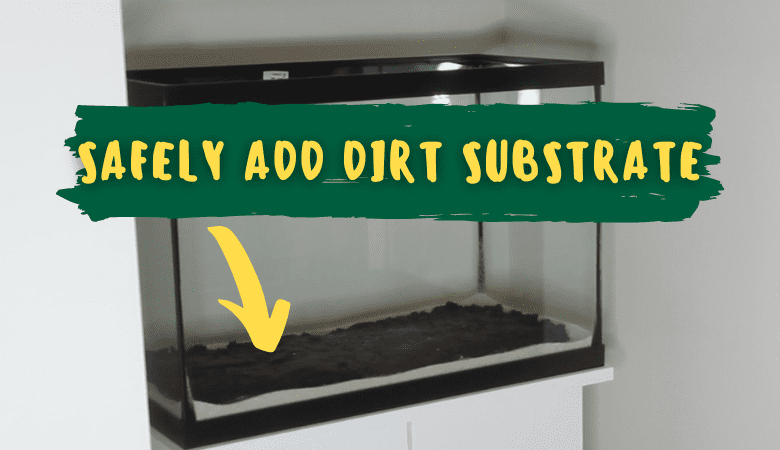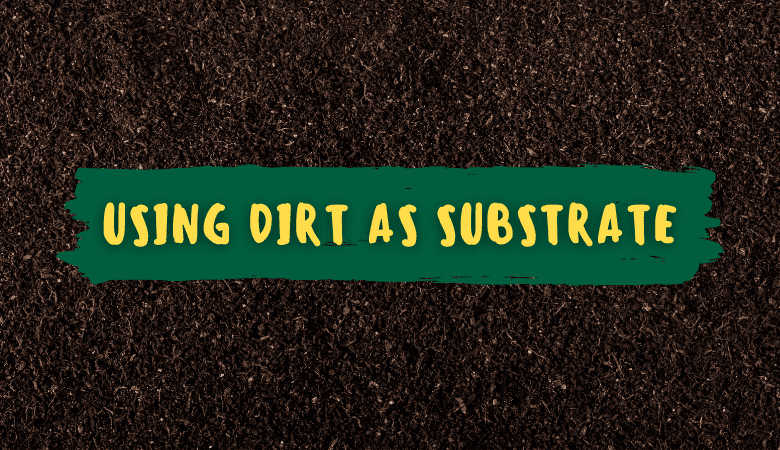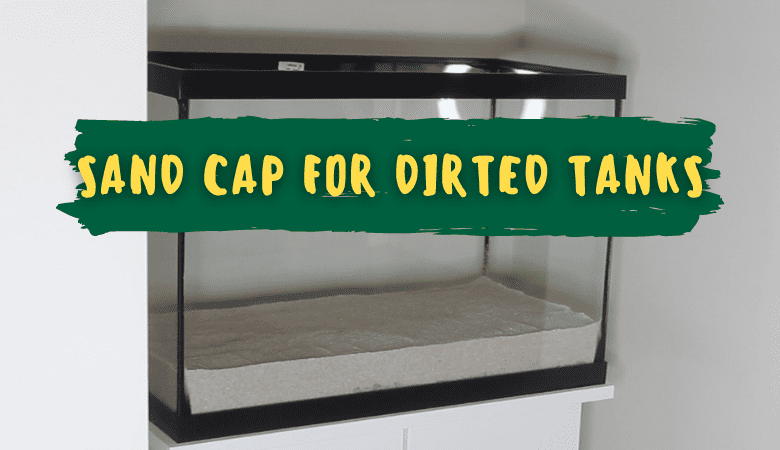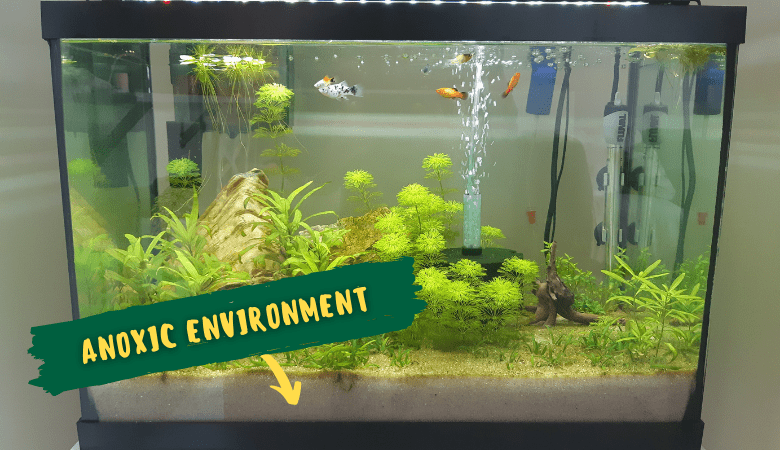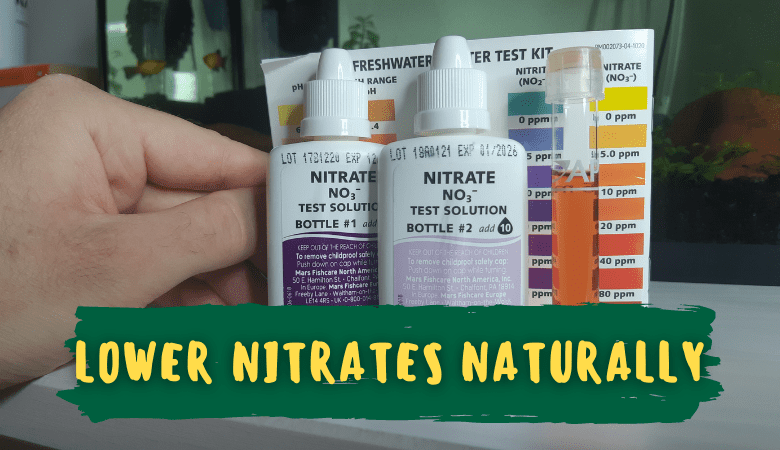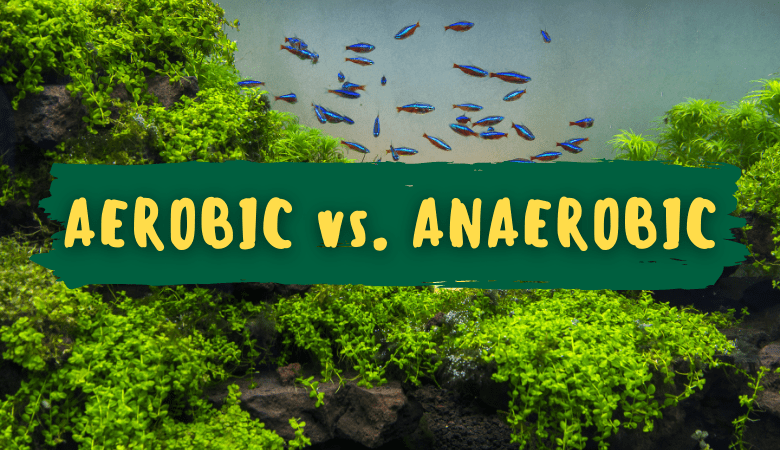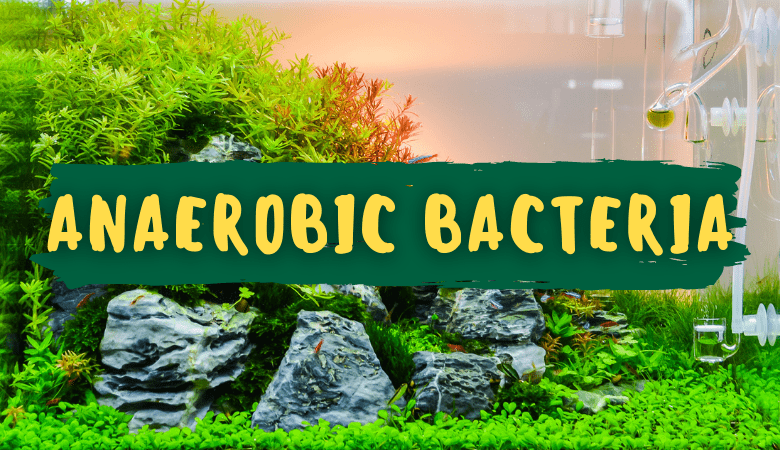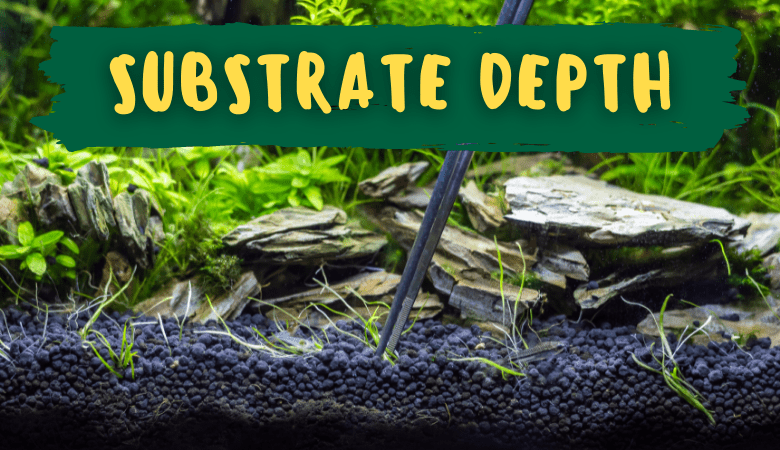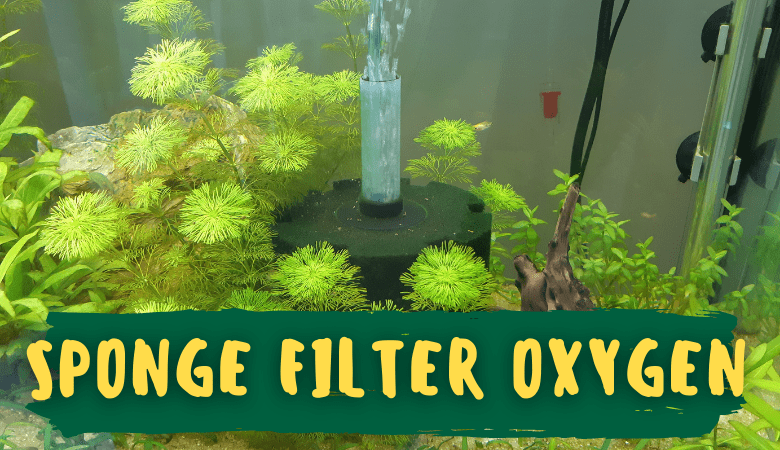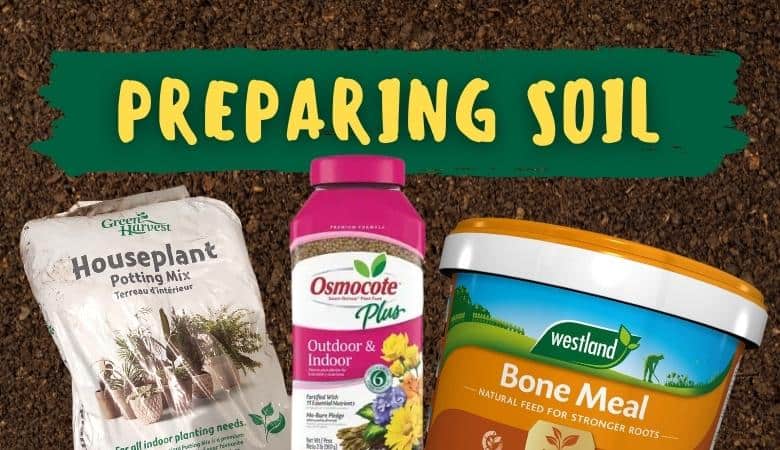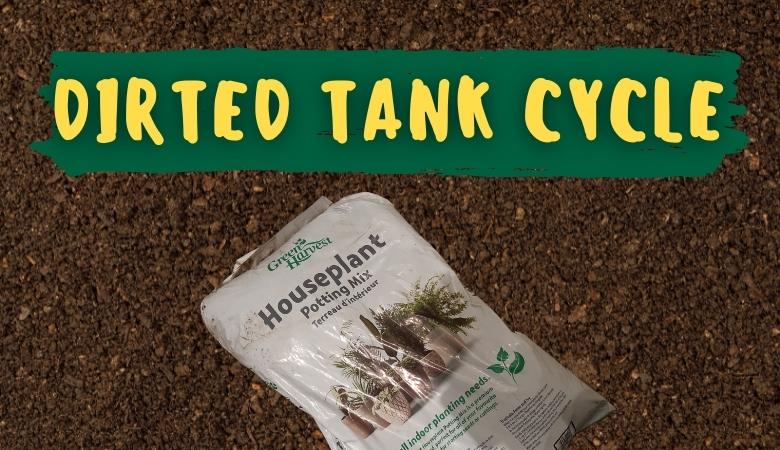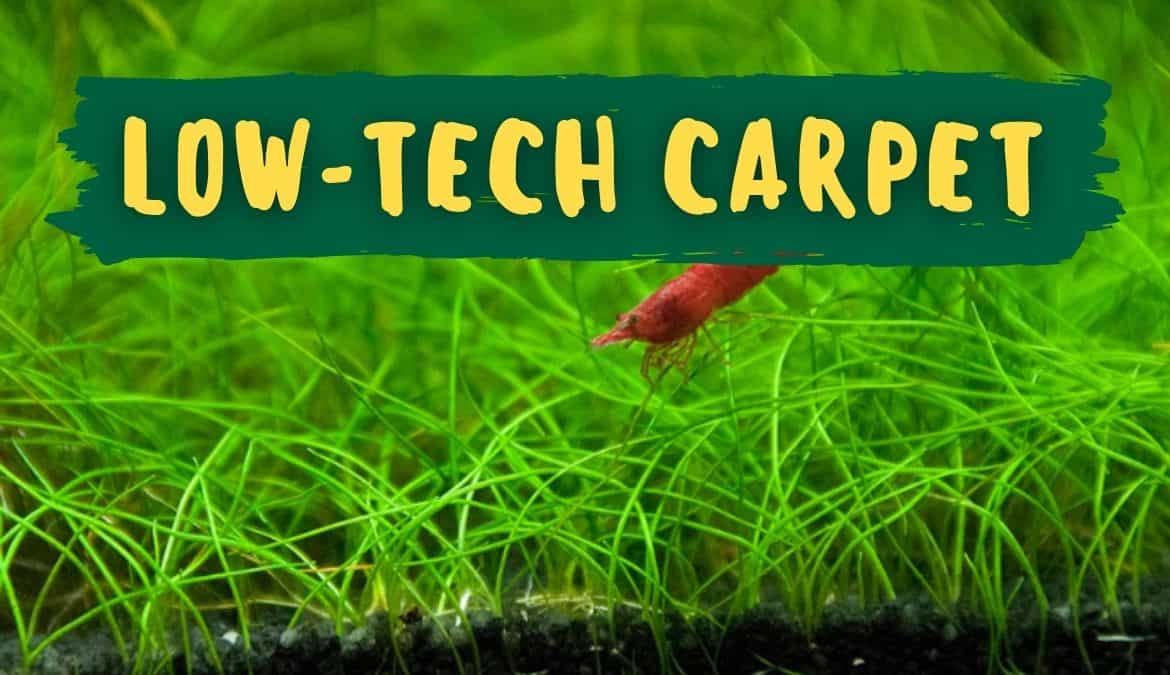Organic dirt can be safely used as an aquarium substrate when it is capped with 2-inches of inert sand or gravel. It’s also important to establish a nitrogen cycle before adding fish and to try not to uproot plants after they’ve been planted.
Blog
All Posts
Regular organic dirt is an excellent substrate option for planted freshwater aquariums. It contains high concentrations of plant nutrients and is often less expensive than commercial aquasoils. However, careful attention must be paid to which soil you buy and how you use it in your tank.
2-inches of dry sand is a sufficient cap for a dirted aquarium. This is thick enough to prevent too much ammonia from leeching into the water column. It will also create an anoxic zone on the bottom layer to promote the growth of anaerobic denitrifying bacteria.
Increase denitrifying bacteria in an aquarium by creating a deep substrate bed of at least 3-inches. The bottom inch will contain no oxygen and will allow denitrifying anerobes to cultivate and utilize nitrate instead. Sand or gravel substrate can be used.
Nitrate can be naturally removed from aquariums with denitrifying bacteria. A 3-inch deep substrate will create an oxygen-free zone that allows anaerobic bacteria to convert nitrate into nitrous oxide and nitrogen gas. These gases then escape the tank into the atmosphere.
Aerobic nitrifying bacteria convert ammonia (NH3) into nitrate (NO3). Anaerobic denitrifying bacteria convert nitrate into nitrogen gas (N2). The key difference is that aerobic bacteria require oxygen while anaerobic bacteria must live in environments with little to no oxygen.
Anaerobic bacteria removes nitrate from an aquarium by converting it into nitrogen gas, reducing the need for water changes. It also produces toxic hydrogen sulfide gas (H2S), which concerns many fishkeepers. However, H2S is safely converted into harmless sulfate in the presence of oxygen.
A 2-inch deep aquarium substrate will provide more area for roots to grow, will last longer and will be easier to secure plants in. Aquatic plants may not grow sufficiently if the substrate is too thin. However, certain plant species require little or no substrate at all.
Sponge filters add oxygen to an aquarium by increasing the gas exchange that occurs at the water surface. This happens because the popping bubbles increase the total surface area between the water and atmosphere.
Many aquascapers love the look of a lushly grown aquarium plant carpet. However, many people struggle to find plants that grow well in low-tech tanks. This article dives into five plants that serve as excellent carpeting plants for your low-tech setup.

